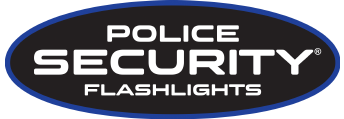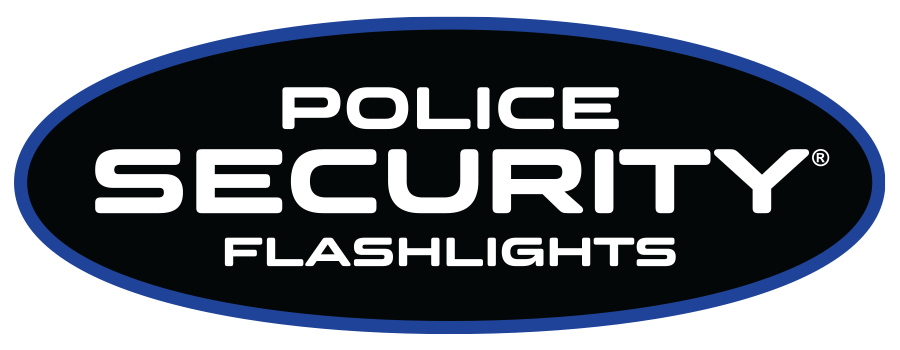Introduction
Ultraviolet (UV) inspection lights, or UV inspection lights, are versatile tools that emit UV light (less than 400nm), a form of electromagnetic radiation with wavelengths shorter than visible light. These devices have found their way into numerous applications, from identifying counterfeit currency, to detecting pet stains and aiding forensic investigations. In this blog post, we will dive into the world of UV inspection lights, exploring how they work, their various applications, and tips for choosing a quality UV inspection light.
What are UV Inspection lights, and How Do They Work?
UV inspection lights are specialized inspection lights. They work by using UV LEDs, which are capable of producing UV-A or UV-C light. UV-A light is the most common for everyday applications, while UV-C light is used for disinfection and sterilization. Both types of UV lights are harmful to the eyes while only UV-C is potentially harmful to the skin.
The basic principle behind UV inspection lights is the conversion of chemical energy to electrical energy to UV light. Inside a UV inspection light, there are UV LEDs that generate high energy UV photons when an electrical current passes through them. These photons are emitted as UV light, which is invisible to the naked eye. The human eye can only perceive UV light's effects on certain materials indirectly, such as fluorescence and phosphorescence. The high energy photons can excite electrons, causing them to release energy that we see as fluorescence and phosphorescence.
Applications of UV Inspection lights
Automotive Leaks:
UV lights are frequently used in automotive repair and maintenance to detect leaks in various fluid systems, such as engine oil, transmission fluid, power steering fluid, and coolant. The process typically involves adding a UV-reactive dye to the fluid of interest. This dye is specifically formulated to fluoresce or glow brightly when exposed to UV light.
Air Conditioning (AC) Leaks:
In air conditioning systems, UV lights are used to detect refrigerant leaks, which can be harmful to the environment and reduce the cooling efficiency of the system. Like automotive applications, a UV-reactive dye is added to the refrigerant in the AC system. The UV dye is often called "tracer dye" or "leak detection dye". UV lights are valuable tools in these applications because they can help identify leaks that may be challenging to detect using other methods, especially when the leaks are small or hidden within complex automotive or AC systems.
Pet Stain Identification:
For pet owners, UV inspection lights can be a lifesaver when it comes to identifying pet urine and other bodily fluids that may be invisible to the naked eye. These substances fluoresce under UV light, making it easier to locate and clean stains effectively.
Forensics:
Law enforcement and forensic investigators rely on UV inspection lights to uncover hidden evidence at crime scenes. Blood, bodily fluids, and certain chemicals can be revealed through fluorescence or phosphorescence, aiding in solving crimes and collecting valuable evidence.
Counterfeit Detection:
UV inspection lights are frequently used to verify the authenticity of currency, passports, and official documents. Genuine currency often contains UV-reactive security features that become visible under UV light. Counterfeit bills may lack these features or display different patterns when subjected to UV illumination.
Mineral Identification:
Geologists and mineral enthusiasts use UV inspection lights to identify and differentiate minerals based on their fluorescence properties. Certain minerals emit distinctive colors when exposed to UV light.
Tips for Choosing a Quality UV Inspection light
When looking to purchase a UV inspection light, several factors should be considered:
Power and Wavelength:
Choose a UV inspection light with the appropriate power and wavelength for your intended application. UV-A (395nm and 365nm) is generally suitable for most everyday uses, while UV-C is more specialized for disinfection.
Durability:
Opt for a UV inspection light with a sturdy construction, including a high impact and water resistance rating.
Safety Features:
Select a UV inspection light with safety features, such as overheat protection, to prevent the device from becoming too hot during prolonged use. This reduces the risk of accidents and injuries.
Price and Brand Reputation:
Research the market and compare different brands and models. It's often worth investing in a reputable brand known for producing quality UV inspection lights.
Conclusion
UV inspection lights are valuable tools with a wide range of applications. By understanding how UV inspection lights work and knowing what to look for when purchasing one, you can make an informed choice that suits your specific needs. Whether you're a professional in a specialized field or a homeowner dealing with everyday challenges, a quality UV inspection light can prove to be an invaluable asset.







